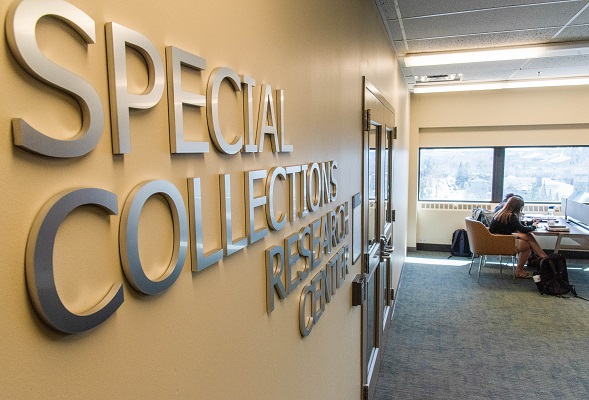Human Rights Party Papers, October 1948 - May 1997 (majority within 1977-1986)
2 Linear Feet — 4 manuscript boxes.
The correspondence series largely consists of correspondence to and occasionally from Ed and Victoria concerning their personal and professional lives. Items groupings correspond to the creators' original order.
The campaign materials series comprises legal documents, ad copy, expenses, ephemera, and photos related to Benita Kaimowitz's 1973 bid for Ann Arbor mayor and Ed Vandenberg's 1986 candidacy for probate judge.
The teaching materials series includes lesson plans, assignments, student work, student evaluations, reading lists, and correspondence relating to Victoria and Ed Vandenberg's and Benita Kaimowitz's work as teachers. Both Benita and Ed taught courses at Community High School, a public alternative school founded in 1972 in response to the popularity of the Youth Liberation movement in Ann Arbor.
The Ed Vandenberg legal work series contains materials related to Ed's career as an attorney and ombudsman.
In the Office of Ethics and Religion series are administrative materials, correspondence, notes, ephemera, and proposals created by or submitted to the eponymous office. Ed Vandenberg served for a time as president of the Office of Ethics and Religion, and participated in many of the office's forums, conferences, and iniatives. Many of the materials in this series pertain to the University Values Program and the debates it facilitated concerning research into recombinant DNA technology.
The conferences series primarily consists of documents related to the 1977 "Narcissism in Modern Society" conference held at the University of Michigan and hosted in part by the Office of Religion and Ethics. It also includes statements and notes about attendees from the 1965 International Conference on Alternative Perspectives on Vietnam, which was co-sponsored by the predecessor to the Office of Ethics and Religion. Lastly, the series contains of a handful of documents related to various teach-ins in the 60s and 70s.
The topical files series is composed of groupings of files, largely collected by Ed Vandenberg, related to political and philosophical topics that did not fit neatly elsewhere in the collection. Files contain a variety of items, including essays, articles, newsletters, and ephemera.
The last item in the collection is a spiral-bound notebook used as a communication log for the Kaimowitzes' communal home.
